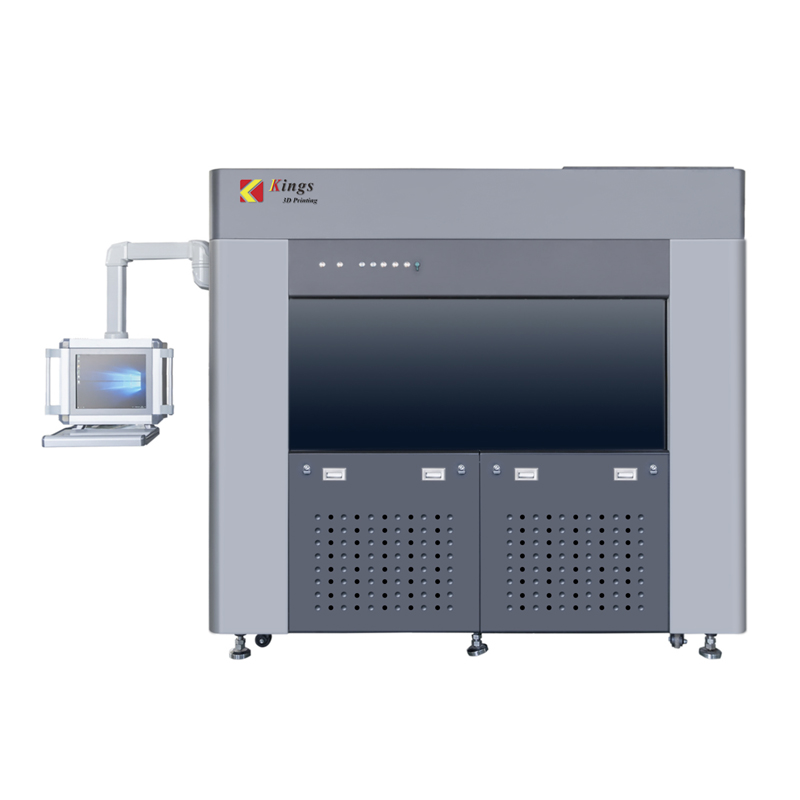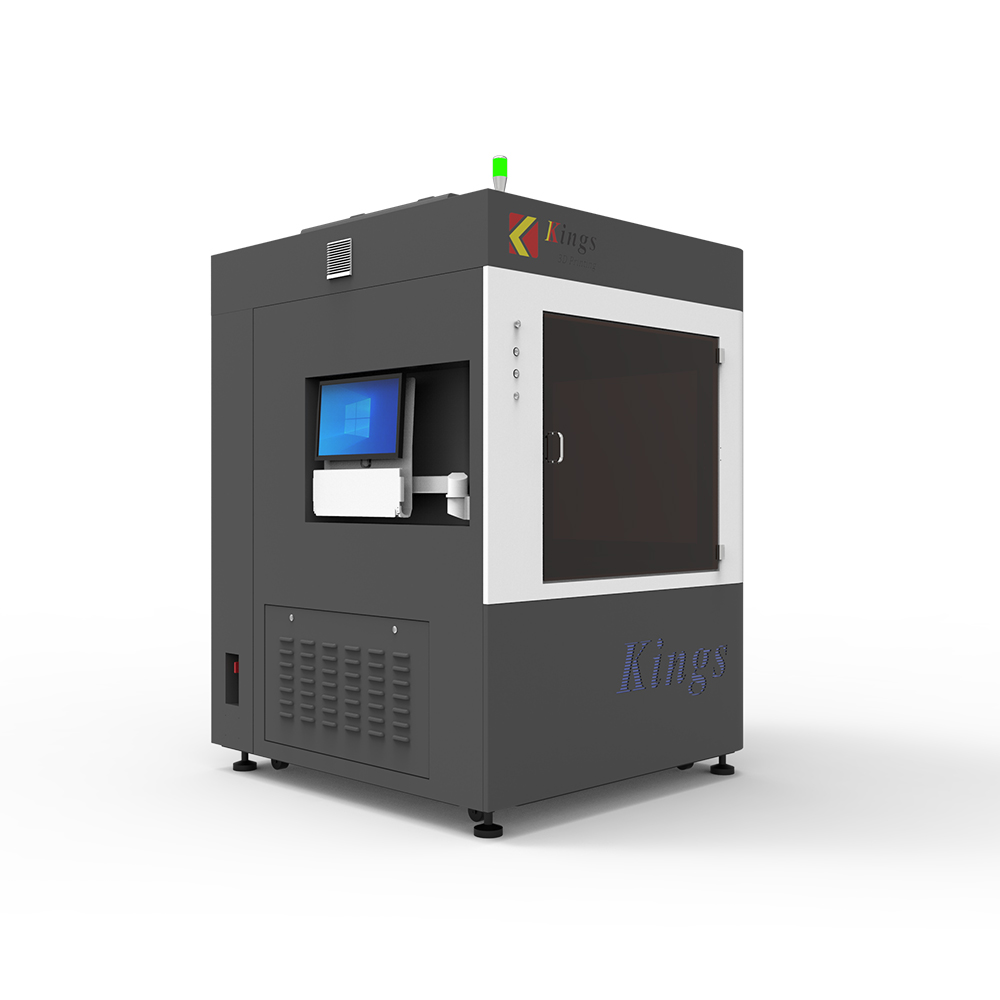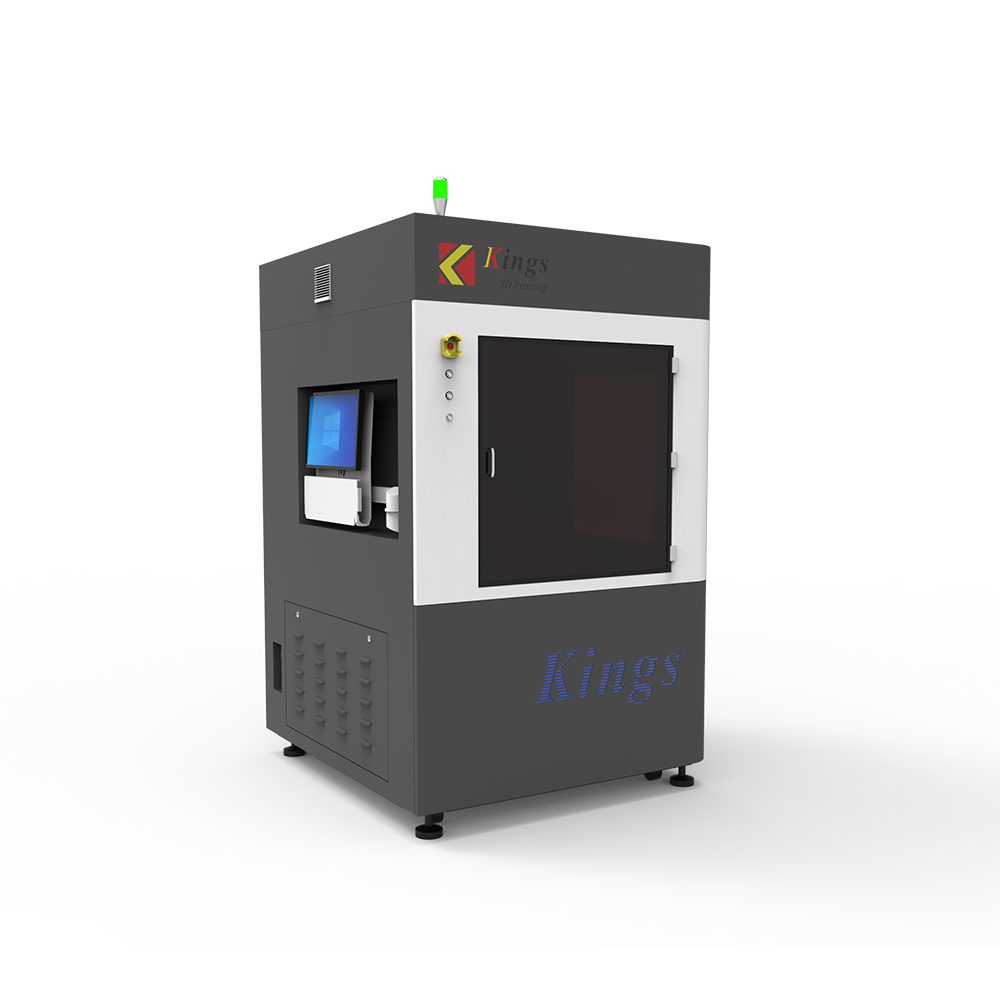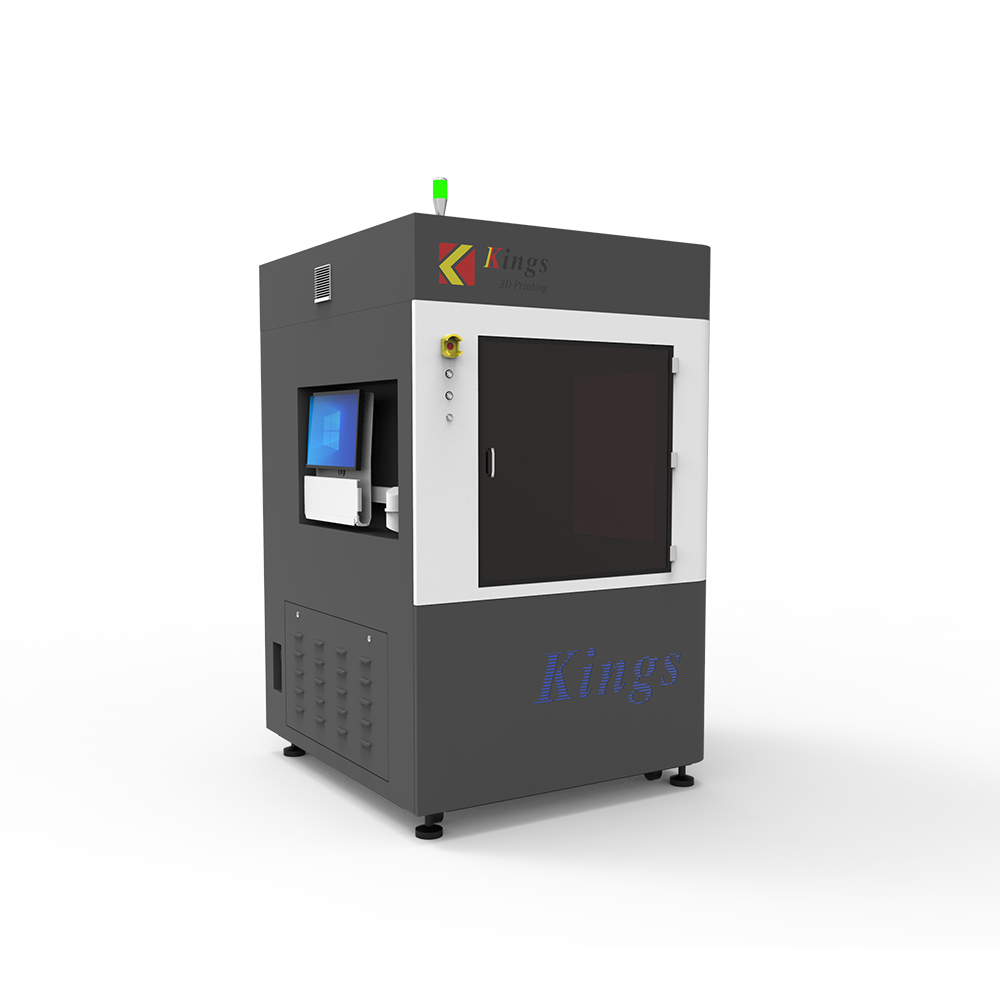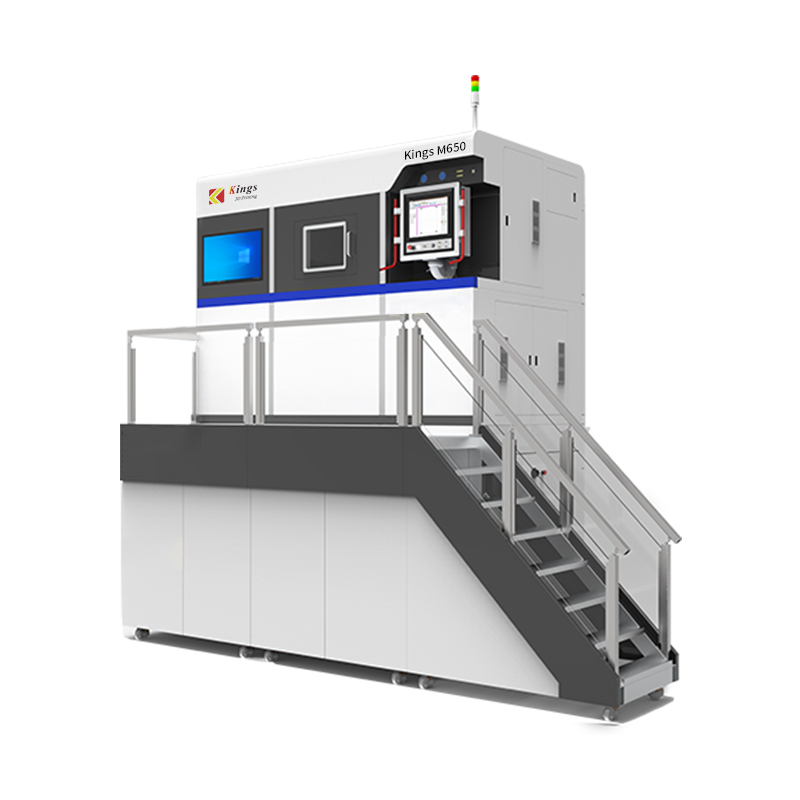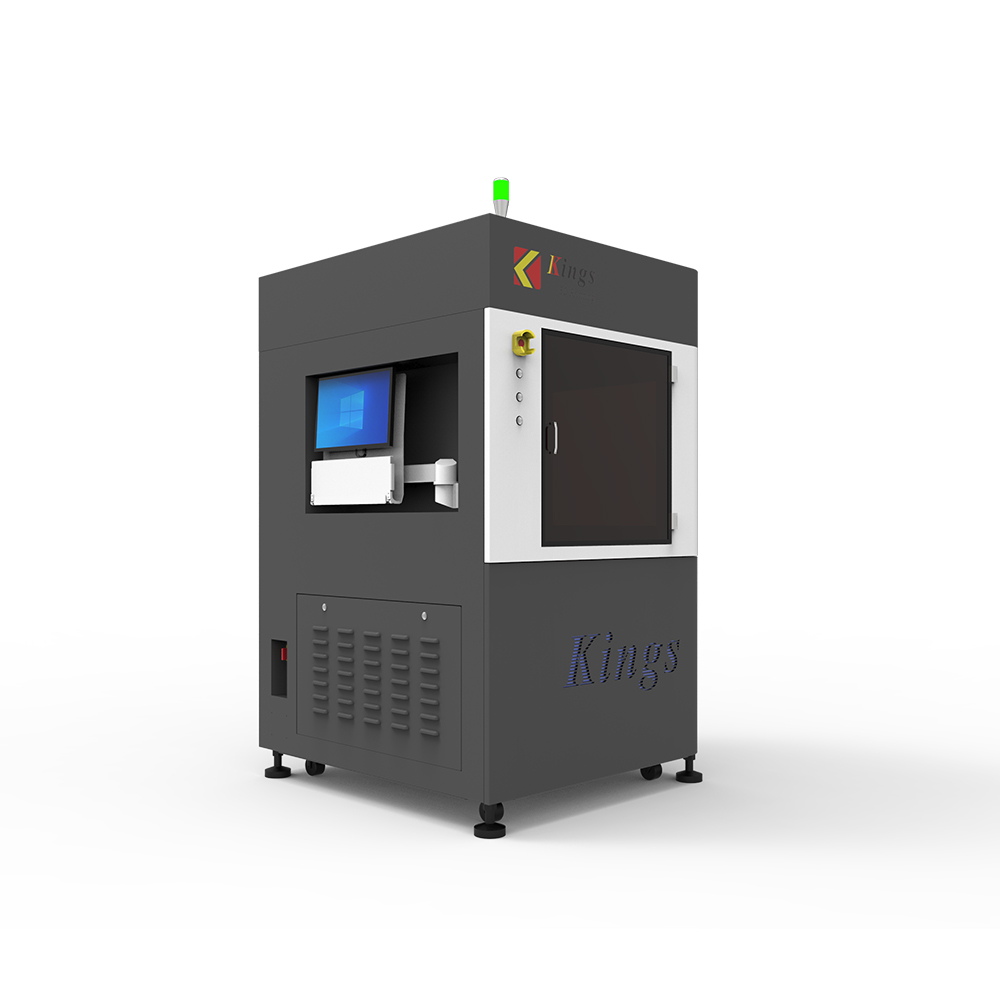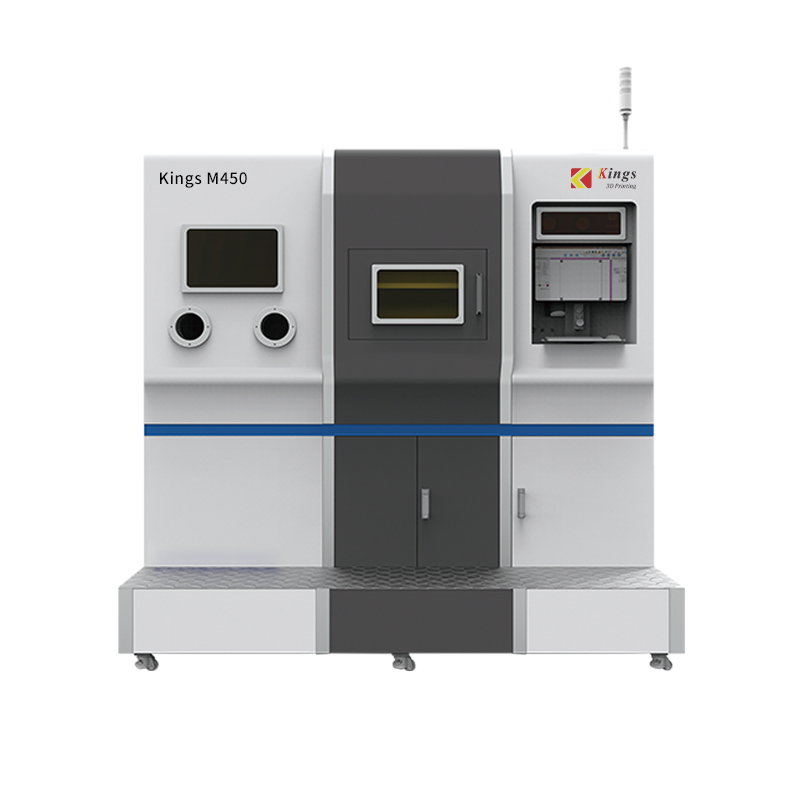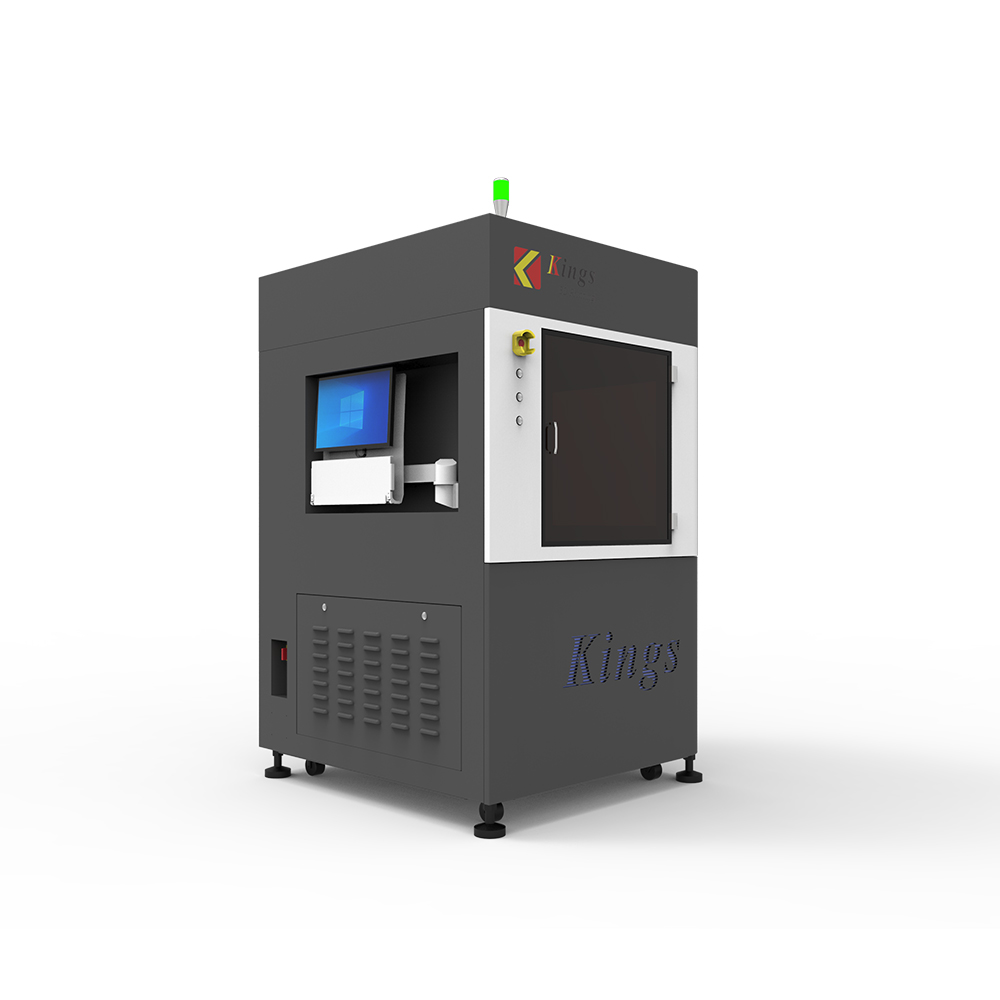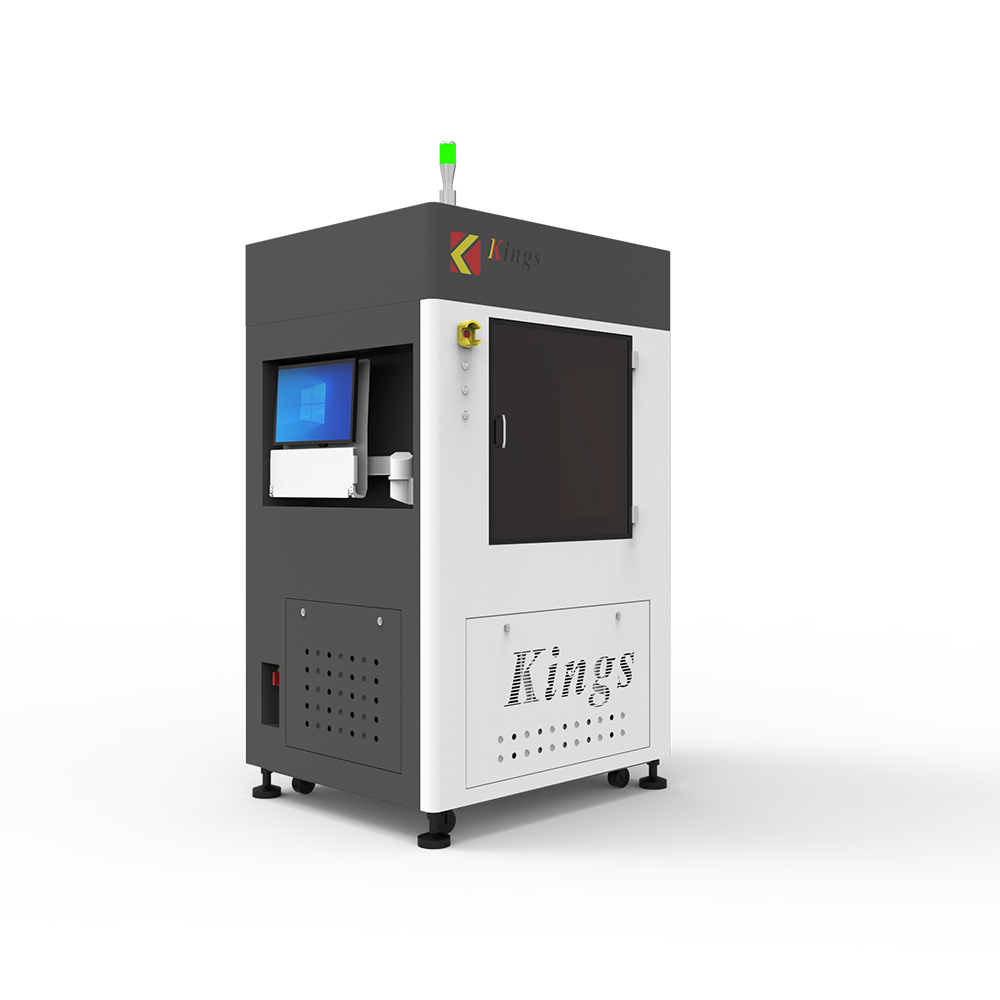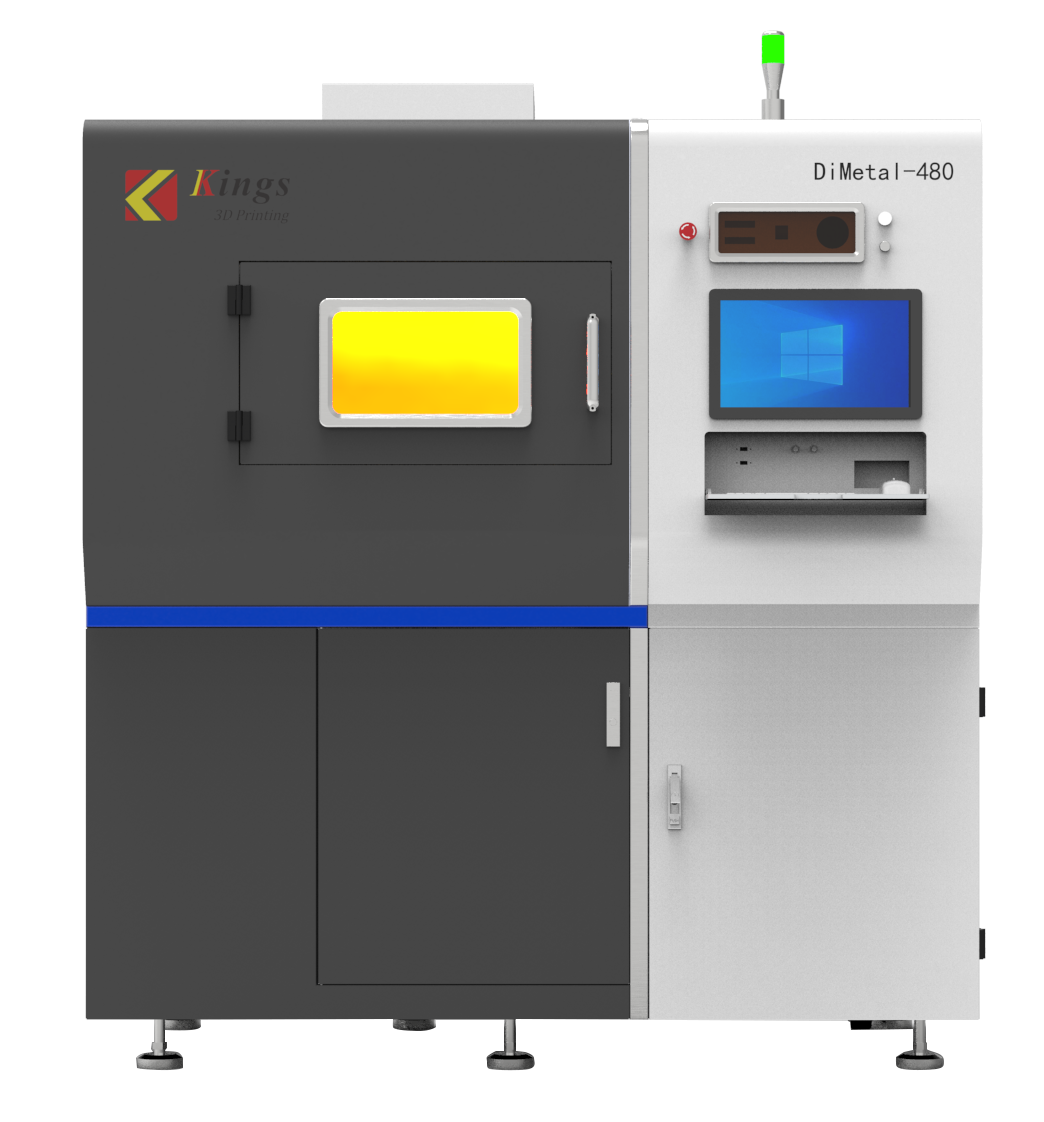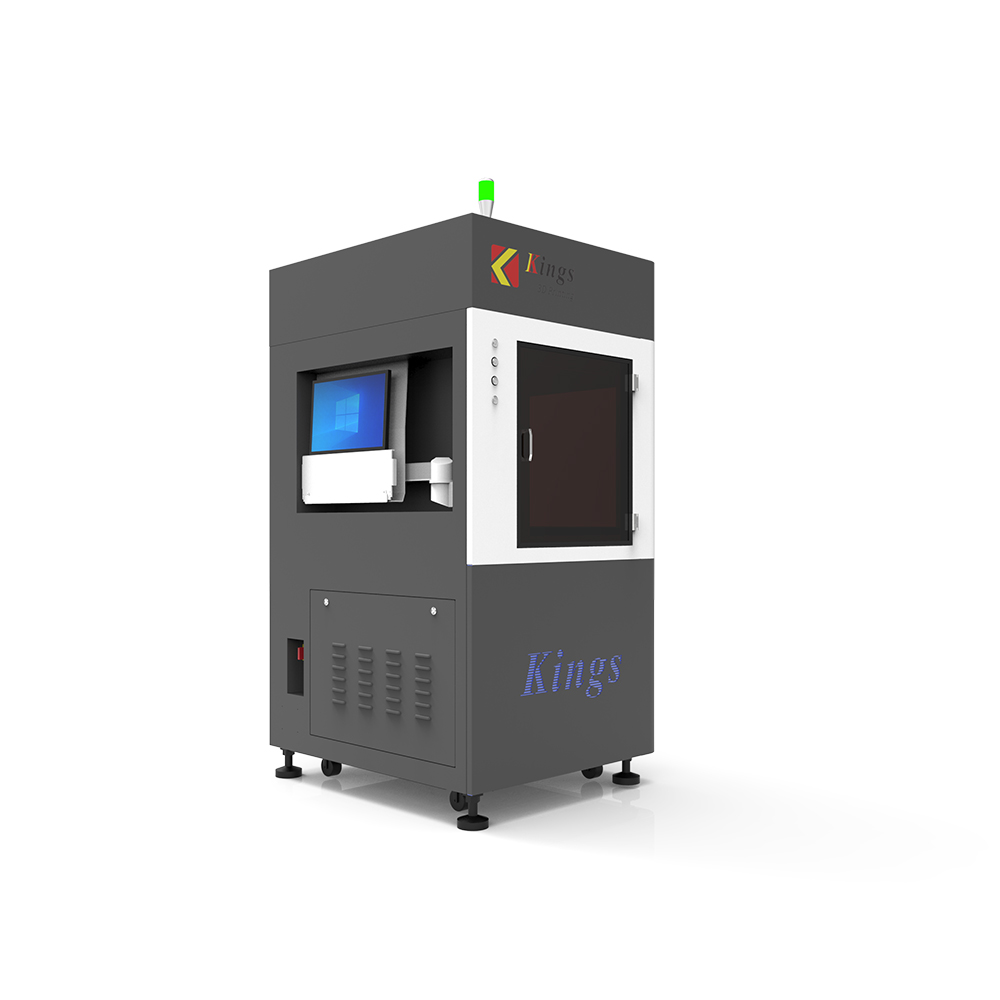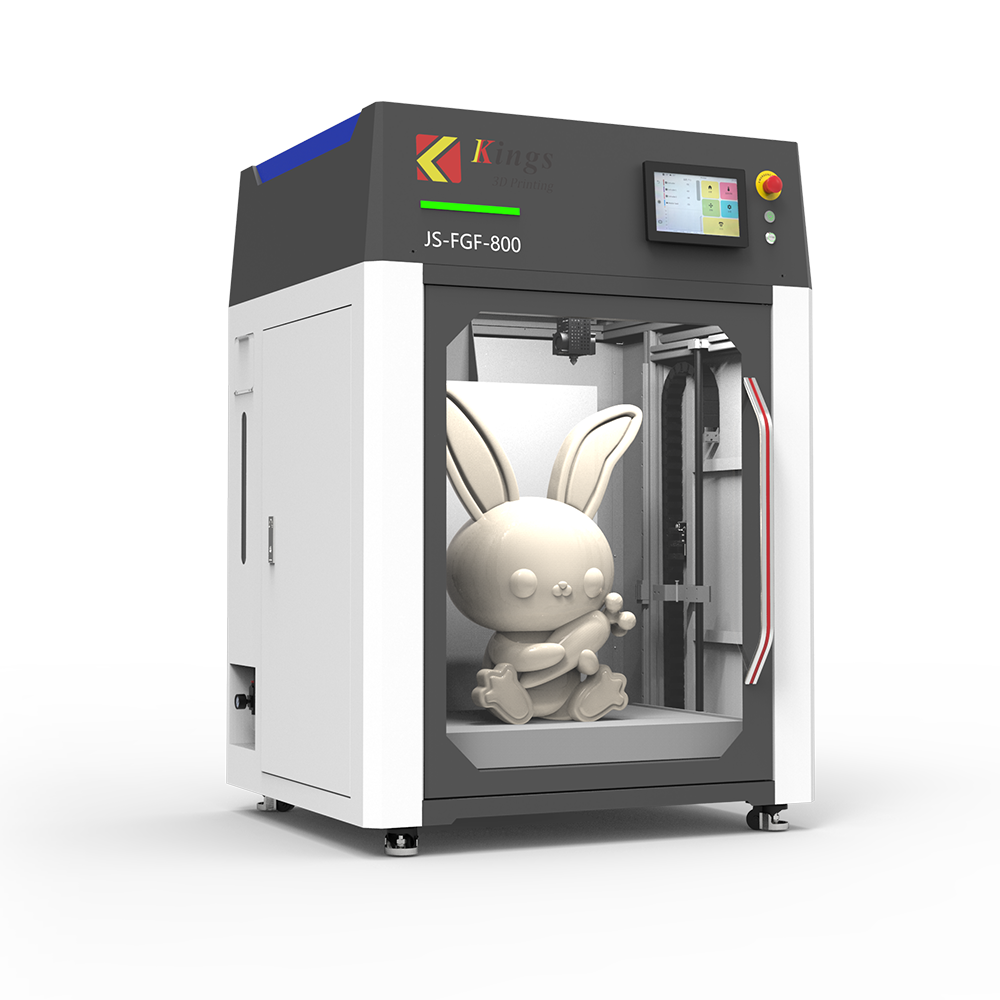SLA is the first practical rapid prototyping technology. It works on the principle of laser beam through the CNC device controlled scanner, according to the designed scanning path to the surface of liquid photosensitive resin, so that a layer within a specific area of the surface after curing, and then the production platform to drop a certain distance, and then let the cured layer covered with another layer of liquid resin, so that the cycle repeats until the completion of the final model. After the prototype is removed, it is polished and then plated, painted or colored to get the final product.
SLA technology is mainly used to make a variety of molds and models, etc.; SLA prototype molds can also be used to replace wax molds in investment casting by adding other components to the raw materials; SLA technology is faster and more accurate, but it inevitably generates stress or causes deformation due to shrinkage during resin curing. Therefore, it is the development trend to develop photosensitive materials with low shrinkage, fast curing and high strength. You can find our UV resin materials here.
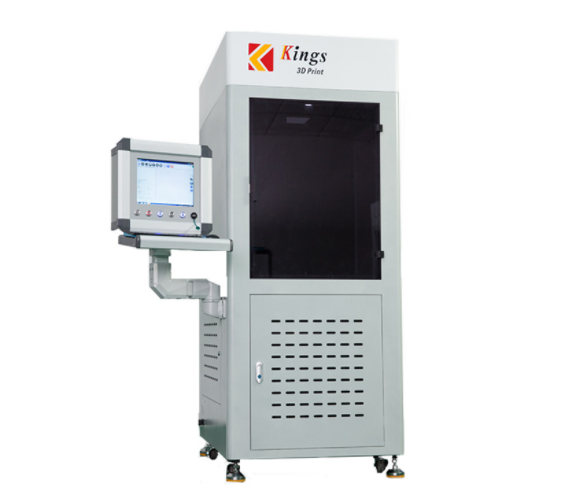
KINGS 3035Pro SLA 3D Printer
Advantages of SLA.
1. Light-curing molding method is the earliest emerged rapid prototyping process with high maturity and time-tested.
2. Prototype made directly from CAD digital model, fast processing speed, short product production cycle, no cutting tools and molds.
3. It is possible to process prototypes and molds with complex structure and shape or difficult to shape by traditional means.
4. Visualize the CAD digital model and reduce the cost of error repair.
5. Provide specimens for experiments, which can verify and calibrate the results of computer simulation calculations.
6. It can be operated online and controlled remotely, which facilitates the automation of production.
Disadvantages of SLA.
1. SLA system is expensive, and the cost of use and maintenance is too high.
2. SLA system is a precision equipment to be operated on liquid, which requires harsh working environment.
3. Pre-processing software and drive software are too computationally intensive and too highly correlated with the processing effect.
4. The software system is complicated to operate and difficult to get started; the file format used is not familiar to the majority of designers.
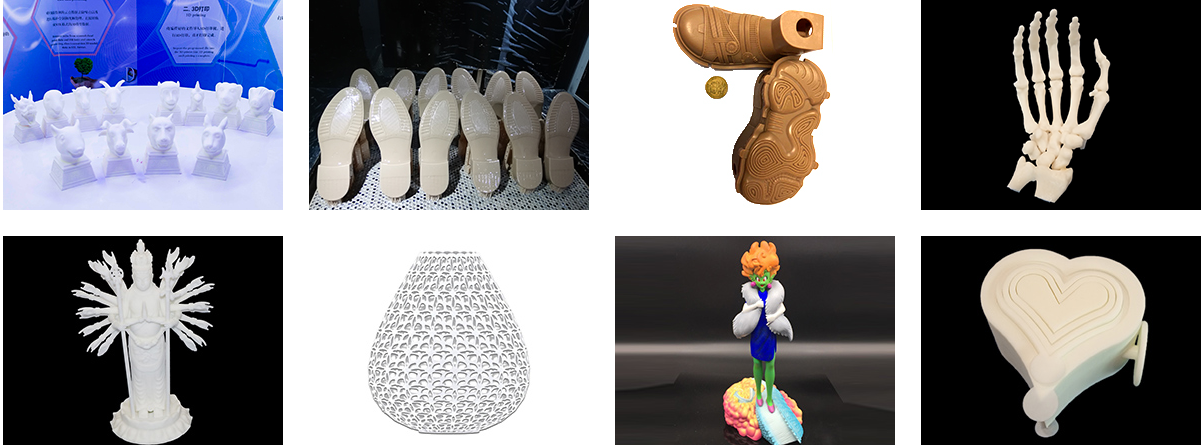
In addition to SLA, there are several other printing technologies that exist, so let's explain them in detail.
FDM: also known as "fused deposition" technology, the working principle is to melt through the heating device will be heated ABS, PLA and other filament materials, and then through the nozzle will be heated filament extrusion, layer by layer stacked up, and finally formed.
DLP: also called "digital light processing" technology, the working principle has many similarities with SLA molding technology, also uses a higher resolution digital light processor to solidify the liquid photosensitive resin, the biggest difference with SLA is that DLP uses the digital light source of the projector, SLA uses the laser head.
Now if you want to get the printing machine for your production, please contact our experts today, we'll answer you soon. As for operating rules and design ideas, welcome your enquiry.

